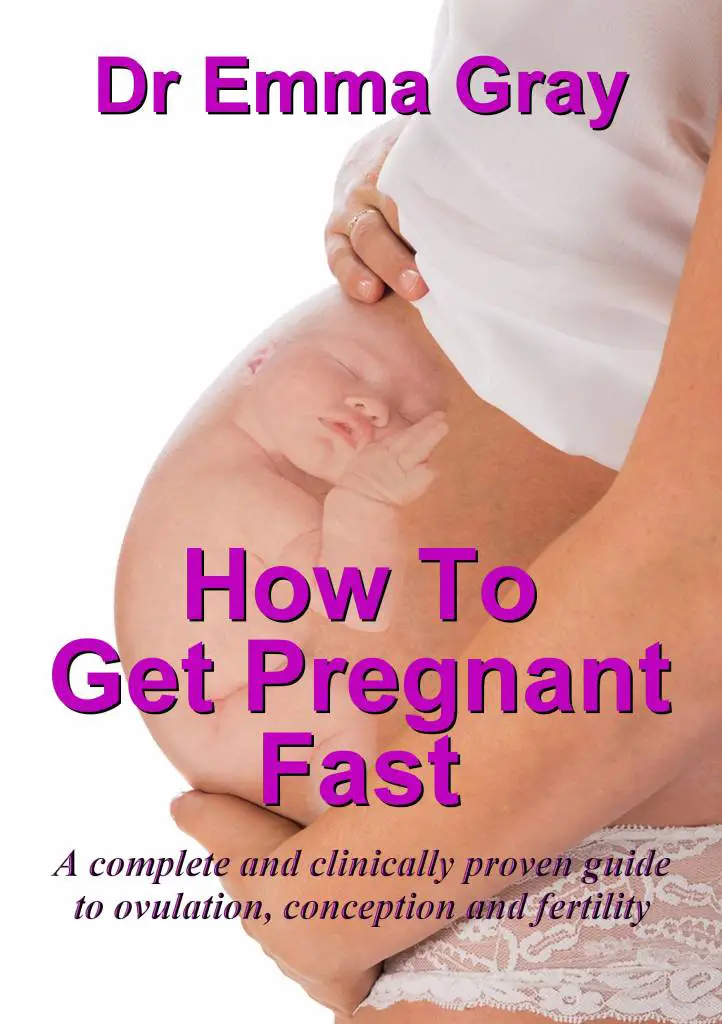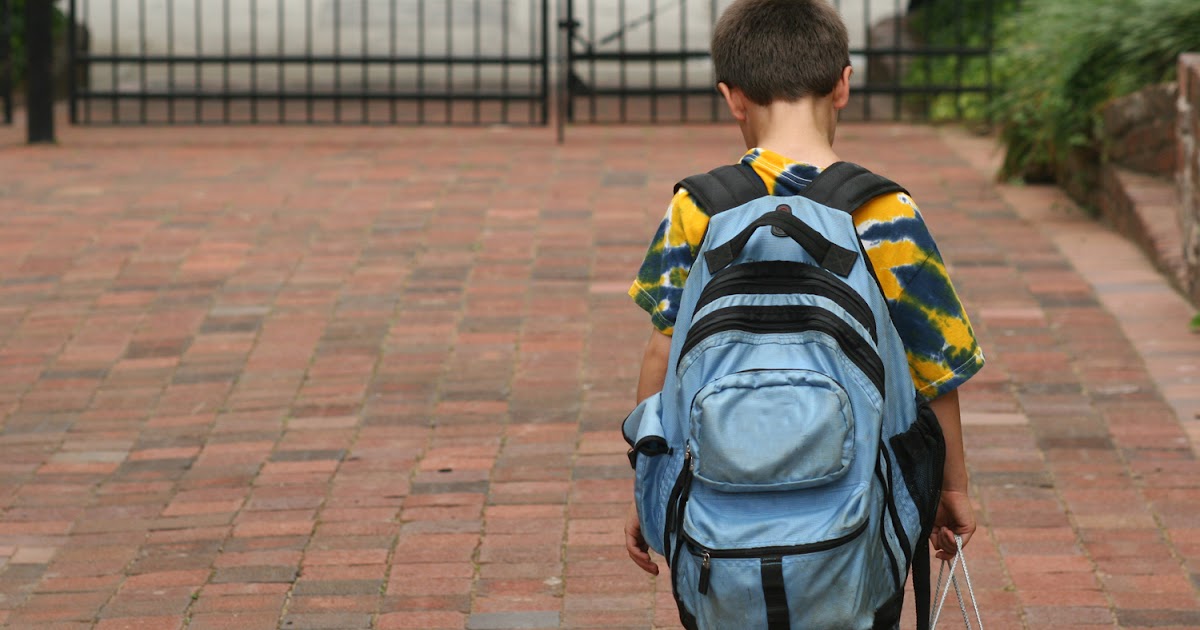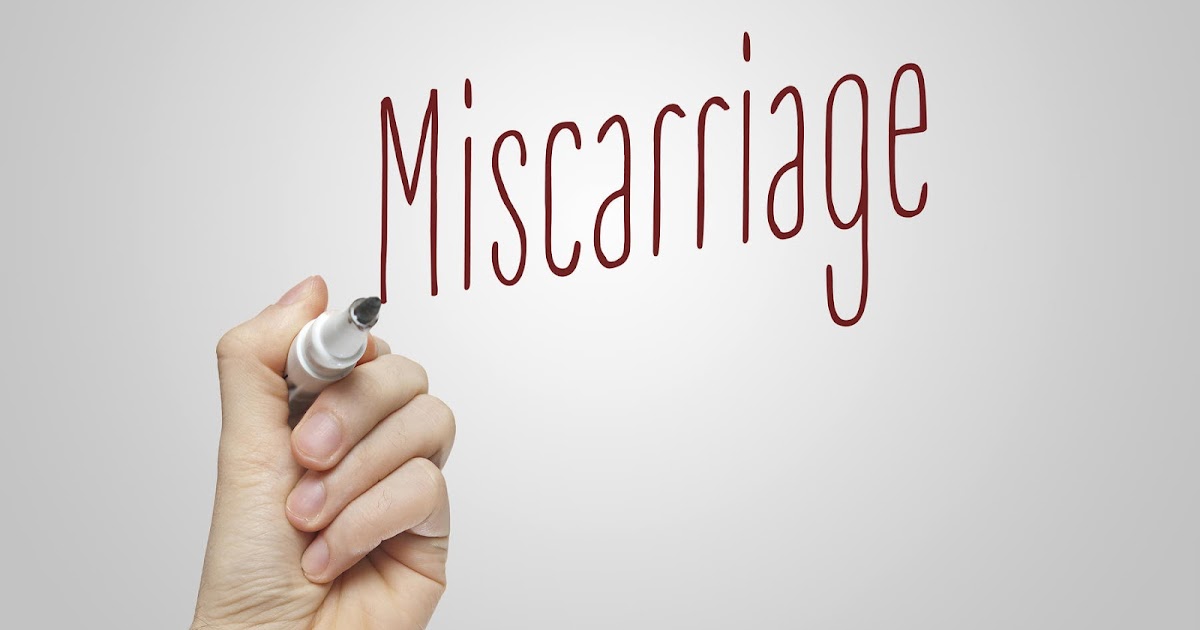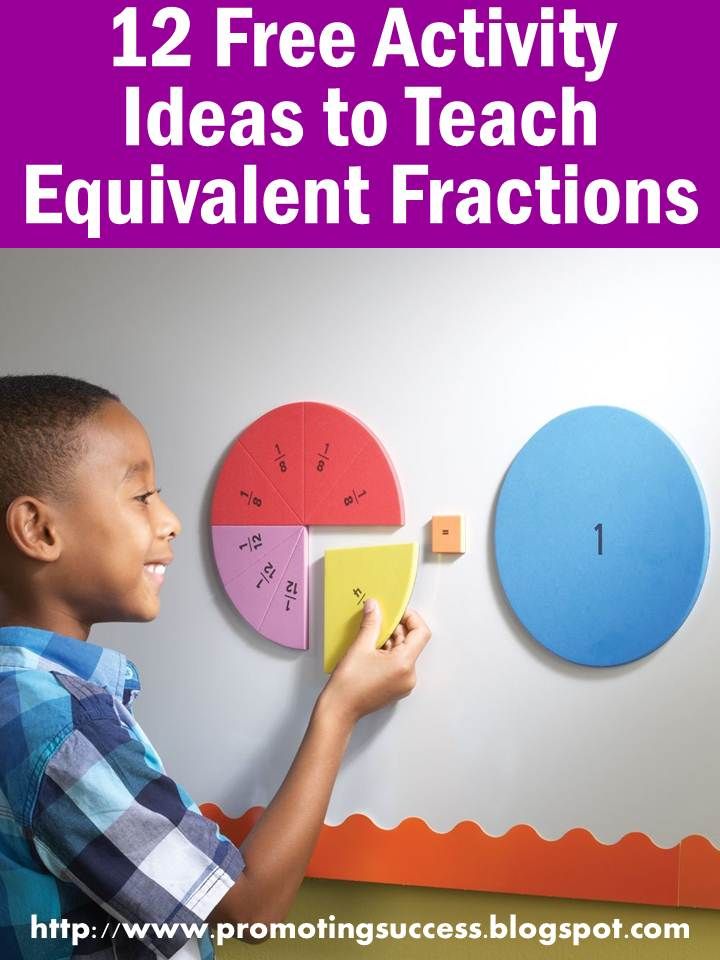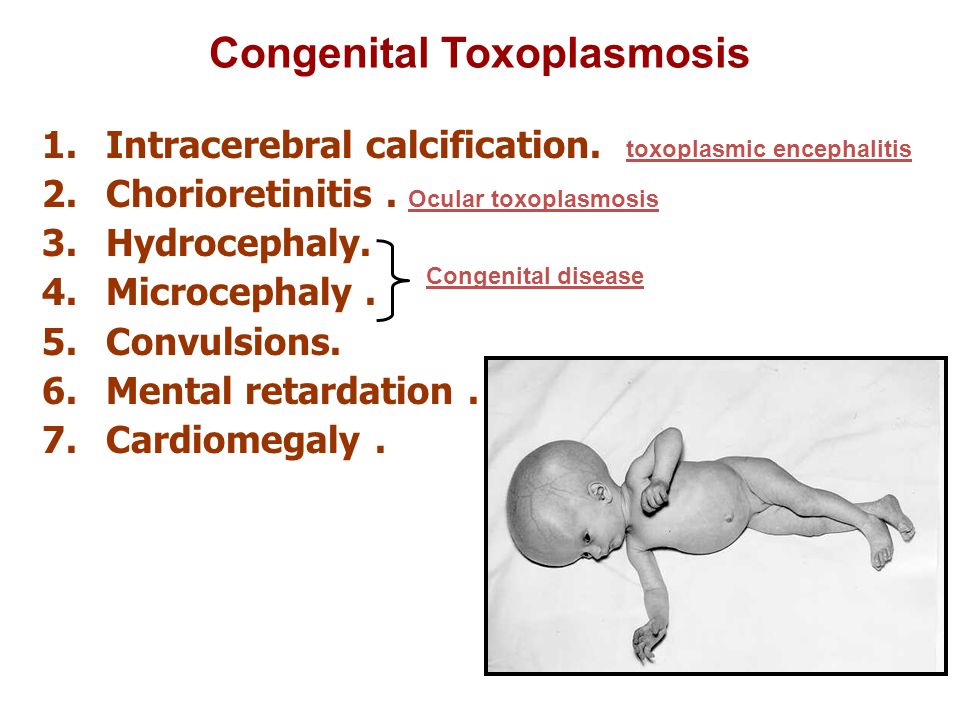Pregnancy week breakdown
Pregnancy - week by week
The unborn baby spends around 38 weeks in the womb, but the average length of pregnancy (gestation) is counted as 40 weeks. This is because pregnancy is counted from the first day of the woman’s last period, not the date of conception, which generally occurs two weeks later.
Pregnancy is divided into three trimesters:
- First trimester – conception to 12 weeks
- Second trimester – 12 to 24 weeks
- Third trimester – 24 to 40 weeks.
Conception
The moment of conception is when the woman’s ovum (egg) is fertilised by the man’s sperm. The gender and inherited characteristics are decided in that instant.
Week 1
This first week is actually your menstrual period. Because your expected birth date (EDD or EDB) is calculated from the first day of your last period, this week counts as part of your 40-week pregnancy, even though your baby hasn’t been conceived yet.
Week 2
Fertilisation of your egg by the sperm will take place near the end of this week.
Week 3
Thirty hours after conception, the cell splits into two. Three days later, the cell (zygote) has divided into 16 cells. After two more days, the zygote has migrated from the fallopian tube to the uterus (womb). Seven days after conception, the zygote burrows itself into the plump uterine lining (endometrium). The zygote is now known as a blastocyst.
Week 4
The developing baby is tinier than a grain of rice. The rapidly dividing cells are in the process of forming the various body systems, including the digestive system.
Week 5
The evolving neural tube will eventually become the central nervous system (brain and spinal cord).
Week 6
The baby is now known as an embryo.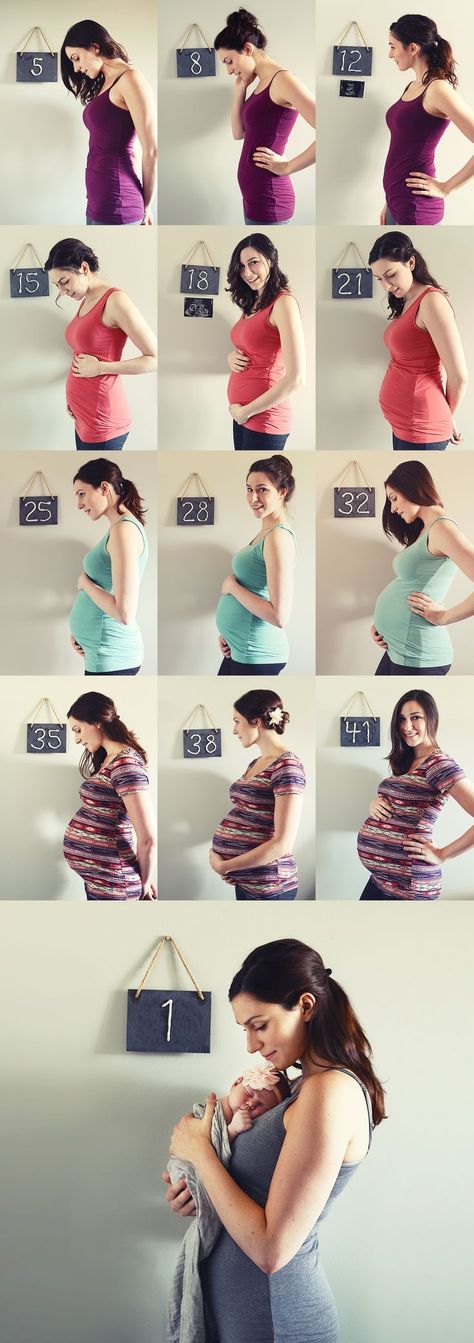 It is around 3 mm in length. By this stage, it is secreting special hormones that prevent the mother from having a menstrual period.
It is around 3 mm in length. By this stage, it is secreting special hormones that prevent the mother from having a menstrual period.
Week 7
The heart is beating. The embryo has developed its placenta and amniotic sac. The placenta is burrowing into the uterine wall to access oxygen and nutrients from the mother’s bloodstream.
Week 8
The embryo is now around 1.3 cm in length. The rapidly growing spinal cord looks like a tail. The head is disproportionately large.
Week 9
The eyes, mouth and tongue are forming. The tiny muscles allow the embryo to start moving about. Blood cells are being made by the embryo’s liver.
Week 10
The embryo is now known as a fetus and is about 2.5 cm in length. All of the bodily organs are formed. The hands and feet, which previously looked like nubs or paddles, are now evolving fingers and toes. The brain is active and has brain waves.
The brain is active and has brain waves.
Week 11
Teeth are budding inside the gums. The tiny heart is developing further.
Week 12
The fingers and toes are recognisable, but still stuck together with webs of skin. The first trimester combined screening test (maternal blood test + ultrasound of baby) can be done around this time. This test checks for trisomy 18 (Edward syndrome) and trisomy 21 (Down syndrome).
Week 13
The fetus can swim about quite vigorously. It is now more than 7 cm in length.
Week 14
The eyelids are fused over the fully developed eyes. The baby can now mutely cry, since it has vocal cords. It may even start sucking its thumb. The fingers and toes are growing nails.
Week 16
The fetus is around 14 cm in length. Eyelashes and eyebrows have appeared, and the tongue has tastebuds.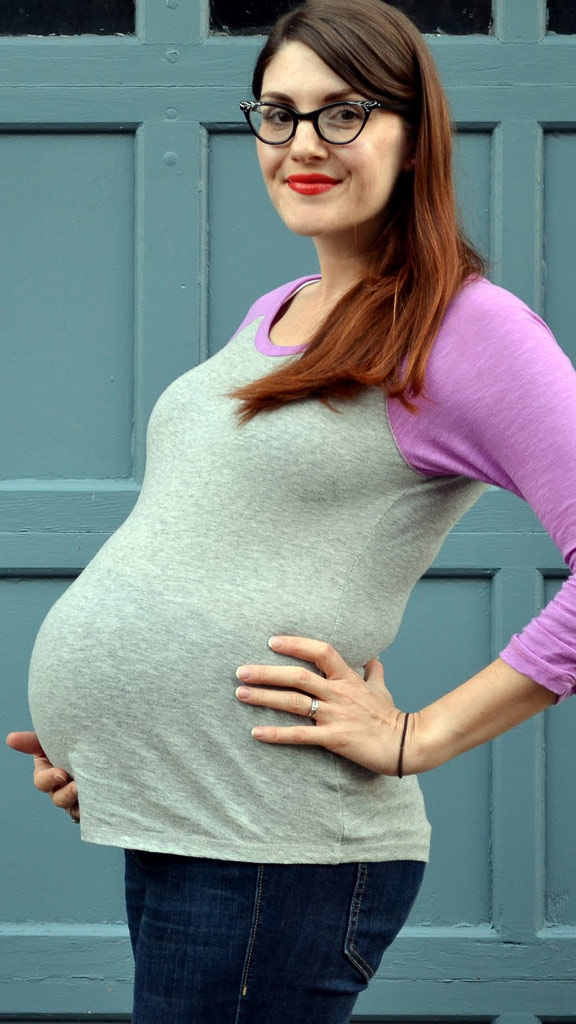 The second trimester maternal serum screening will be offered at this time if the first trimester test was not done (see week 12).
The second trimester maternal serum screening will be offered at this time if the first trimester test was not done (see week 12).
Week 18-20
An ultrasound will be offered. This fetal morphology scan is to check for structural abnormalities, position of placenta and multiple pregnancies. Interestingly, hiccoughs in the fetus can often be observed.
Week 20
The fetus is around 21 cm in length. The ears are fully functioning and can hear muffled sounds from the outside world. The fingertips have prints. The genitals can now be distinguished with an ultrasound scan.
Week 24
The fetus is around 33 cm in length. The fused eyelids now separate into upper and lower lids, enabling the baby to open and shut its eyes. The skin is covered in fine hair (lanugo) and protected by a layer of waxy secretion (vernix). The baby makes breathing movements with its lungs.
Week 28
Your baby now weighs about 1 kg (1,000 g) or 2 lb 2oz (two pounds, two ounces) and measures about 25 cm (10 inches) from crown to rump. The crown-to-toe length is around 37 cm. The growing body has caught up with the large head and the baby now seems more in proportion.
Week 32
The baby spends most of its time asleep. Its movements are strong and coordinated. It has probably assumed the ‘head down’ position by now, in preparation for birth.
Week 36
The baby is around 46 cm in length. It has probably nestled its head into its mother’s pelvis, ready for birth. If it is born now, its chances for survival are excellent. Development of the lungs is rapid over the next few weeks.
Week 40
The baby is around 51 cm in length and ready to be born. It is unknown exactly what causes the onset of labour. It is most likely a combination of physical, hormonal and emotional factors between the mother and baby.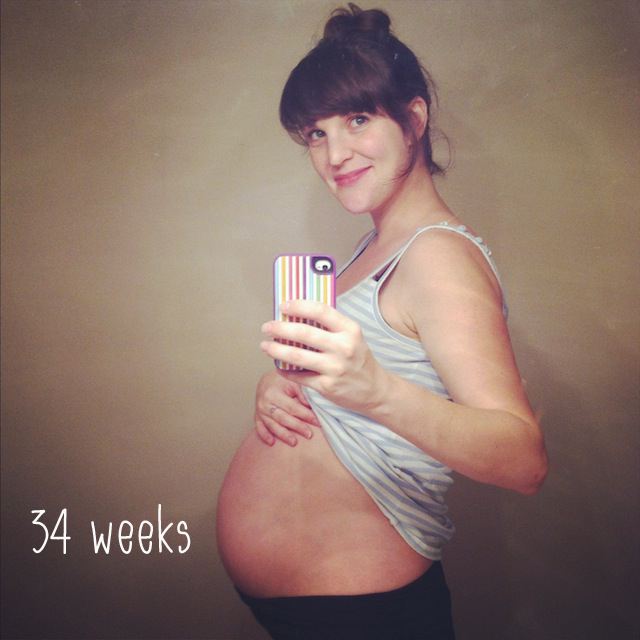
Where to get help
- Your doctor
- Obstetrician
- Midwife
Things to remember
- Pregnancy is counted as 40 weeks, starting from the first day of the mother’s last menstrual period. Your estimated date to birth is only to give you a guide. Babies come when they are ready and you need to be patient.
- The gender and inherited characteristics of the baby are decided at the moment of conception.
Pregnancy Week By Week | First Month Symptoms and Signs
In This Section
- Month by Month
- What happens in the second month?
- What happens in the third month?
- What happens in the fourth month?
- What happens in the fifth month?
- What happens in the sixth month?
- What happens in the seventh month?
- What happens in the eighth month?
- What happens in the ninth month?
- What happens in the tenth month?
What happens in the first month of pregnancy?
Pregnancy is divided into 3 trimesters.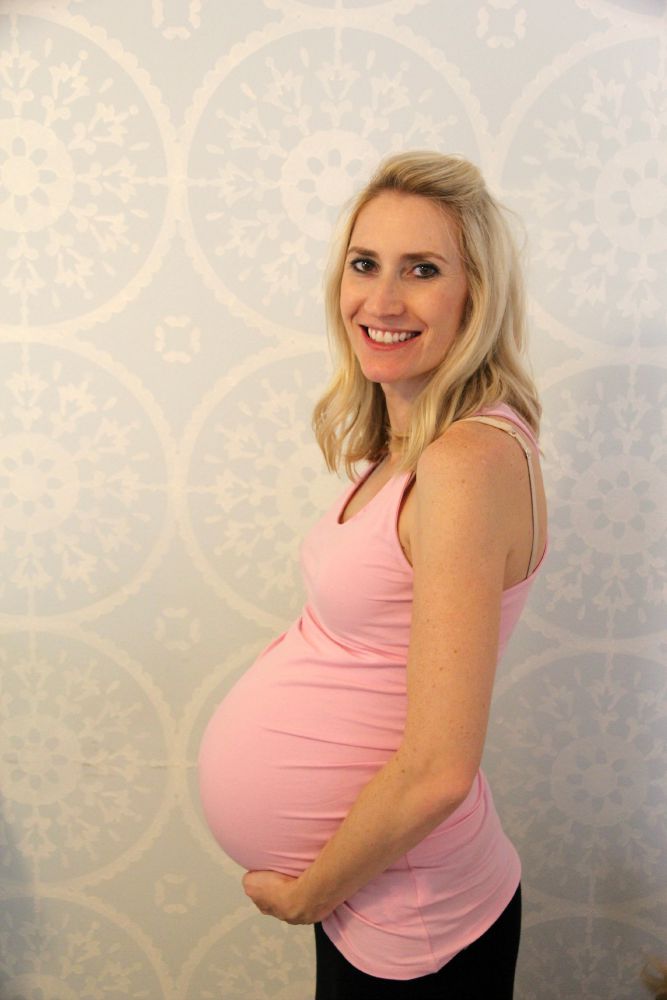 Each trimester is a little longer than 13 weeks. The first month marks the beginning of the first trimester.
Each trimester is a little longer than 13 weeks. The first month marks the beginning of the first trimester.
What’s gestational age?
Pregnancy timing is measured using “gestational age.” Gestational age starts on the first day of your last menstrual period (LMP).
Gestational age can be confusing. Most people think of pregnancy as lasting 9 months. And it’s true that you’re pregnant for about 9 months. But because pregnancy is measured from the first day of your last menstrual period — about 3-4 weeks before you’re actually pregnant — a full-term pregnancy usually totals about 40 weeks from LMP — roughly 10 months.
Many people don’t remember exactly when they started their last menstrual period — that’s OK. The surest way to find out gestational age early in pregnancy is with an ultrasound.
What happens during week 1 - 2?
These are the first 2 weeks of your menstrual cycle. You have your period. About 2 weeks later, the egg that’s most mature is released from your ovary — this is called ovulation. Ovulation may happen earlier or later, depending on the length of your menstrual cycle. The average menstrual cycle is 28 days.
Ovulation may happen earlier or later, depending on the length of your menstrual cycle. The average menstrual cycle is 28 days.
After it’s released, your egg travels down your fallopian tube toward your uterus. If the egg meets up with a sperm, they combine. This is called fertilization. Fertilization is most likely to occur when you have unprotected vaginal sex during the 6 days leading up to — and including the day of — ovulation.
What happens during week 3 - 4?
The fertilized egg moves down your fallopian tube and divides into more and more cells. It reaches your uterus about 3–4 days after fertilization. The dividing cells then form a ball that floats around in the uterus for about 2–3 days.
Pregnancy begins when the ball of cells attaches to the lining of your uterus. This is called implantation. It usually starts about 6 days after fertilization and takes about 3–4 days to be complete.
Pregnancy doesn’t always happen, even if an egg is fertilized by a sperm. Up to half of all fertilized eggs pass out of your body when you get your period, before implantation is complete.
Up to half of all fertilized eggs pass out of your body when you get your period, before implantation is complete.
What are the signs of pregnancy?
For a lot of people, the first sign of pregnancy is a missed period. Most pregnancy tests will be positive by the time you’ve missed your period. Other early pregnancy symptoms include feeling tired, feeling bloated, peeing more than usual, mood swings, nausea, and tender or swollen breasts. Not everyone has all of these symptoms, but it’s common to have at least 1 of them.
Was this page helpful?- Yes
- No
Help us improve - how could this information be more helpful?
How did this information help you?
Please answer below.
Are you human? (Sorry, we have to ask!)
Please don't check this box if you are a human.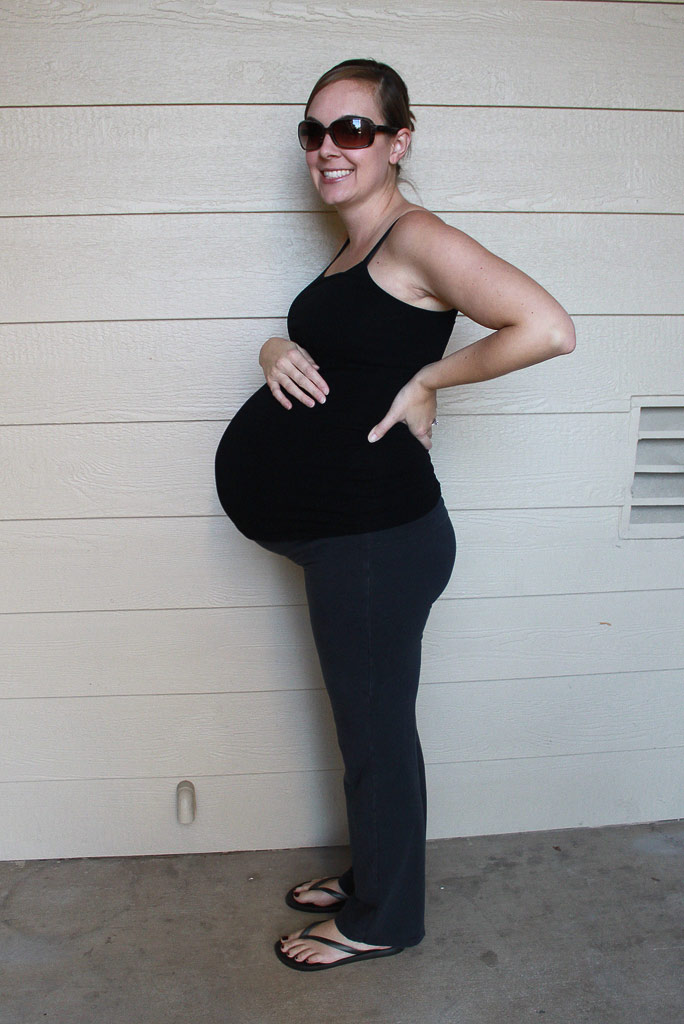
You’re the best! Thanks for your feedback.
Thanks for your feedback.
We couldn't access your location, please search for a location.
Zip, City, or State
Please enter a valid 5-digit zip code or city or state.
Please fill out this field.
Service All Services Abortion Abortion Referrals Birth Control COVID-19 Vaccine HIV Services Men's Health Care Mental Health Morning-After Pill (Emergency Contraception) Pregnancy Testing & Services Primary Care STD Testing, Treatment & Vaccines Transgender Hormone Therapy Women's Health Care
Filter By All Telehealth In-person
Please enter your age and the first day of your last period for more accurate abortion options.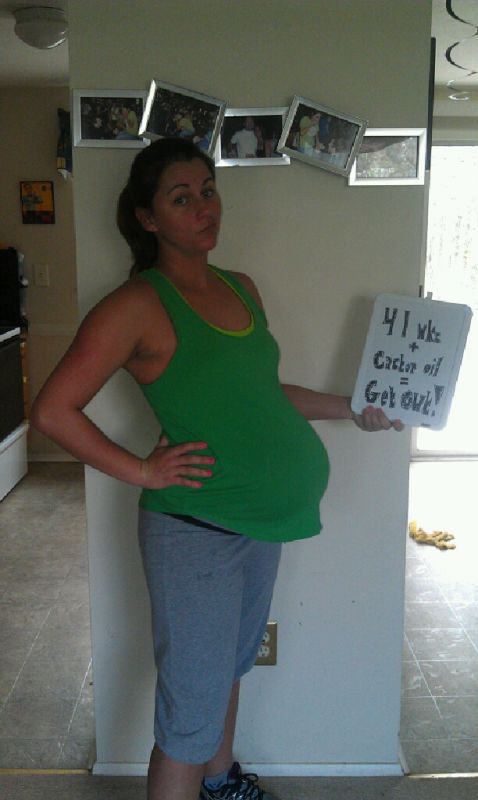 Your information is private and anonymous.
Your information is private and anonymous.
I'm not sure This field is required.
AGE This field is required.
Or call 1-800-230-7526
Child development by week | Regional Perinatal Center
Expectant mothers are always curious about how the fetus develops at a time when it is awaited with such impatience. Let's talk and look at the photos and pictures of how the fetus grows and develops week by week.
What does the puffer do for 9 whole months in mom's tummy? What does he feel, see and hear?
Let's start the story about the development of the fetus by weeks from the very beginning - from the moment of fertilization. A fetus up to 8 weeks old is called embryo , this occurs before the formation of all organ systems.
Embryo development: 1st week
The egg is fertilized and begins to actively split. The ovum travels to the uterus, getting rid of the membrane along the way.
On the 6th-8th days, implantation of eggs is carried out - implantation into the uterus. The egg settles on the surface of the uterine mucosa and, using the chorionic villi, attaches to the uterine mucosa.
Embryo development: 2-3 weeks
Picture of embryo development at 3 weeks.
The embryo is actively developing, starting to separate from the membranes. At this stage, the beginnings of the muscular, skeletal and nervous systems are formed. Therefore, this period of pregnancy is considered important.
Embryo development: 4–7 weeks
Fetal development by week in pictures: week 4
Fetal development by week photo: week 4
Photo of an embryo before the 6th week of pregnancy.
The heart, head, arms, legs and tail are formed in the embryo :) . Gill slit is defined. The length of the embryo at the fifth week reaches 6 mm.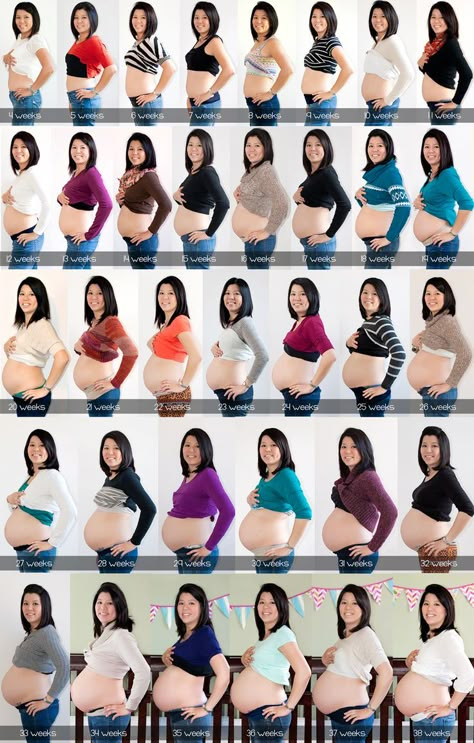
Fetal development by week photo: week 5
At the 7th week, the rudiments of the eyes, stomach and chest are determined, and fingers appear on the handles. The baby already has a sense organ - the vestibular apparatus. The length of the embryo is up to 12 mm.
Fetal development: 8th week
Fetal development by week photo: week 7-8
The face of the fetus can be identified, the mouth, nose, and auricles can be distinguished. The head of the embryo is large and its length corresponds to the length of the body; the fetal body is formed. All significant, but not yet fully formed, elements of the baby's body already exist. The nervous system, muscles, skeleton continue to improve.
Fetal development in the photo already sensitive arms and legs: week 8
The fetus developed skin sensitivity in the mouth (preparation for the sucking reflex), and later in the face and palms.
At this stage of pregnancy, the genitals are already visible. Gill slits die. The fruit reaches 20 mm in length.
Fetal development: 9–10 weeks
Fetal development by week photo: week 9
Fingers and toes already with nails. The fetus begins to move in the pregnant woman's stomach, but the mother does not feel it yet. With a special stethoscope, you can hear the baby's heartbeat. Muscles continue to develop.
Weekly development of the fetus photo: week 10
The entire surface of the fetal body is sensitive and the baby develops tactile sensations with pleasure, touching his own body, the walls of the fetal bladder and the umbilical cord. It is very curious to observe this on ultrasound. By the way, the baby first moves away from the ultrasound sensor (of course, because it is cold and unusual!), And then puts his hands and heels trying to touch the sensor.
It's amazing when a mother puts her hand to her stomach, the baby tries to master the world and tries to touch with his pen "from the back".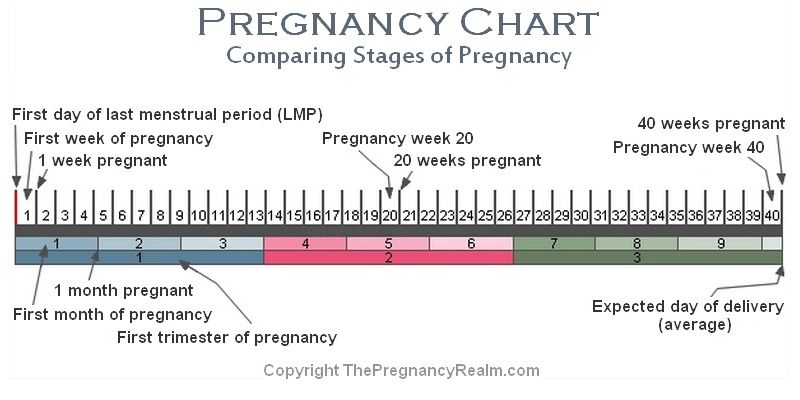
The development of the fetus: 11–14 weeks
Development of the fetus in the photo of the legs: weeks 11
The baby, legs and eyelids are formed, and the genitals become distinguishable (you can find out the gender (you can find out the gender child). The fetus begins to swallow, and if something is not to its taste, for example, if something bitter got into the amniotic fluid (mother ate something), then the baby will begin to frown and stick out his tongue, making less swallowing movements.
Fruit skin appears translucent.
Fruit development: Week 12
Photo of the fetus 12 weeks per 3D Ultrasound
buds are responsible for production for production urine. Blood forms inside the bones. And hairs begin to grow on the head. The skin turns pink, the ears and other parts of the body, including the face, are already visible. Imagine, a child can already open his mouth and blink, as well as make grasping movements. The fetus begins to actively push in the mother's tummy. The sex of the fetus can be determined by ultrasound. Baby sucks his thumb, becomes more energetic. Pseudo-feces are formed in the intestines of the fetus - meconium , kidneys begin to work. During this period, the brain develops very actively. The auditory ossicles become stiff and now they are able to conduct sounds, the baby hears his mother - heartbeat, breathing, voice. The lungs at this stage of fetal development are so developed that the baby can survive in the artificial conditions of the intensive care unit. Lungs continue to develop. Now the baby is already falling asleep and waking up. Downy hairs appear on the skin, the skin becomes wrinkled and covered with grease. The cartilage of the ears and nose is still soft. Lips and mouth become more sensitive. The eyes develop, open slightly and can perceive light and squint from direct sunlight. In girls, the labia majora do not yet cover the small ones, and in boys, the testicles have not yet descended into the scrotum. Fetal weight reaches 900–1200 g, and the length is 350 mm. 9 out of 10 children born at this term survive. The lungs are now adapted to breathe normal air. Breathing is rhythmic and body temperature is controlled by the CNS. The baby can cry and responds to external sounds. Child opens eyes while awake and closes during sleep. The skin becomes thicker, smoother and pinkish. Starting from this period, the fetus will actively gain weight and grow rapidly. Almost all babies born prematurely at this time are viable. The weight of the fetus reaches 2500 g, and the length is 450 mm. The fetus reacts to a light source. Muscle tone increases and the baby can turn and raise his head. On which, the hairs become silky. The child develops a grasping reflex. The lungs are fully developed. The fetus is quite developed, prepared for birth and considered mature. The baby perfectly mastered the movements of his mother , knows when she is calm, excited, upset and reacts to this with her movements. During the intrauterine period, the fetus gets used to moving in space, which is why babies love it so much when they are carried in their arms or rolled in a stroller. For a baby, this is a completely natural state, so he will calm down and fall asleep when he is rocked. The nails protrude beyond the tips of the fingers, the cartilages of the ears and nose are elastic. In boys, the testicles have descended into the scrotum, and in girls, the large labia cover the small ones. The weight of the fetus reaches 3200-3600 g, and the length is 480-520 mm. After the birth, the baby longs for touching his body, because at first he cannot feel himself - the arms and legs do not obey the child as confidently as it was in the amniotic fluid. And one more thing, the baby remembers the rhythm and sound of your heart very well . Therefore, you can comfort the baby in this way - take him in your arms, put him on the left side and your miracle will calm down, stop crying and fall asleep. And for you, finally, the time of bliss will come :) . Pregnancy tarot spread is a very accurate but dangerous way to know the future. Everything will depend on the approach of the querent. If a girl is able to perceive information adequately and without emotions, analyze it, draw conclusions, then everything is fine. The cards will allow you to find out not only the physical side of the issue, but also the spiritual one. The main thing is to work correctly with Tarot cards, to feel them. Mistakes in this topic can be confusing, take away the very motivation to move on. If a girl suspects that she is pregnant, it is best to contact the antenatal clinic. However, at the moment, the Tarot layout for pregnancy can help. It will allow you to make the most likely forecast of events, find out the sex of the child or how the birth will go. Well, or dispel doubts about conception in general. In addition, the ability to look through such questions develops intuition, helps the tarot reader to improve. But here you should be especially careful, because the topic is very sensitive.
Development of the fetus for weeks: Week 14 9000 9000  Moves more coordinated.
Moves more coordinated. Fetal development: 15-18 weeks
Fetal development by weeks photo: week 15 Fetal development: 19-23 weeks
Fetal development by week photo: week 19
Fetal development by weeks photo: week 20 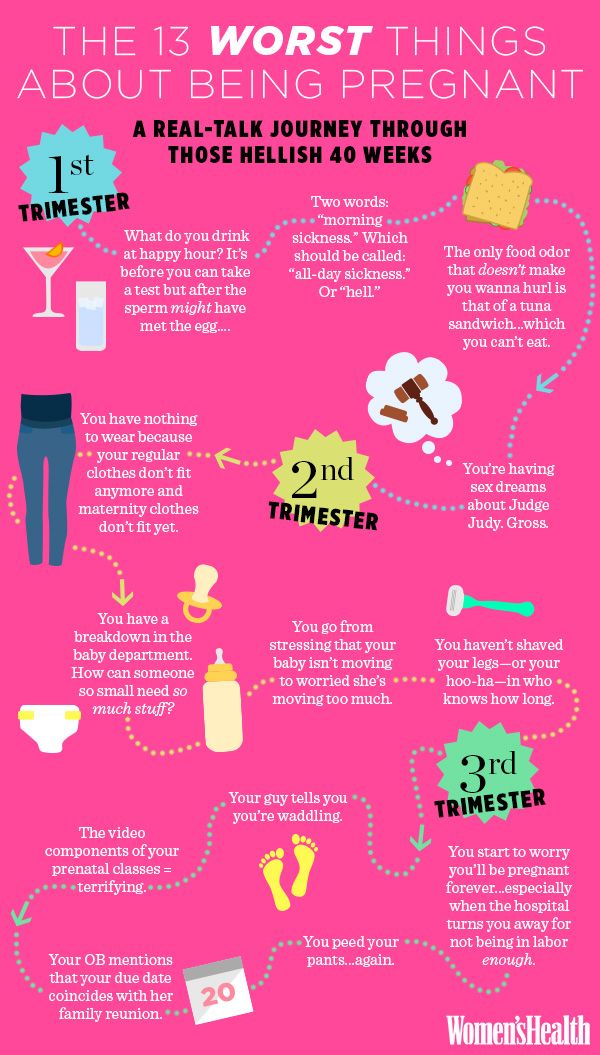 The fetus intensively gains weight, fat deposits are formed. The weight of the fetus reaches 650 g, and the length is 300 mm.
The fetus intensively gains weight, fat deposits are formed. The weight of the fetus reaches 650 g, and the length is 300 mm. Fetal development: 24-27 weeks
Fetal development by week photo: week 27 
Fetal development: 28-32 weeks
Fetal development: 33-37 weeks
Fetal development by week photo: week 36 Fetal development: 38-42 weeks
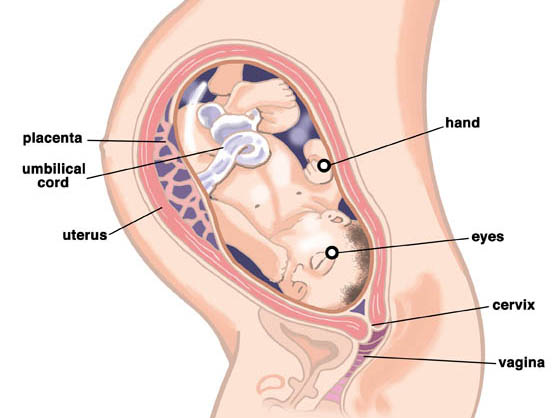 The baby has mastered over 70 different reflex movements. Due to the subcutaneous fatty tissue, the baby's skin is pale pink. The head is covered with hairs up to 3 cm.
The baby has mastered over 70 different reflex movements. Due to the subcutaneous fatty tissue, the baby's skin is pale pink. The head is covered with hairs up to 3 cm.
Fetal development by weeks photo: week 40 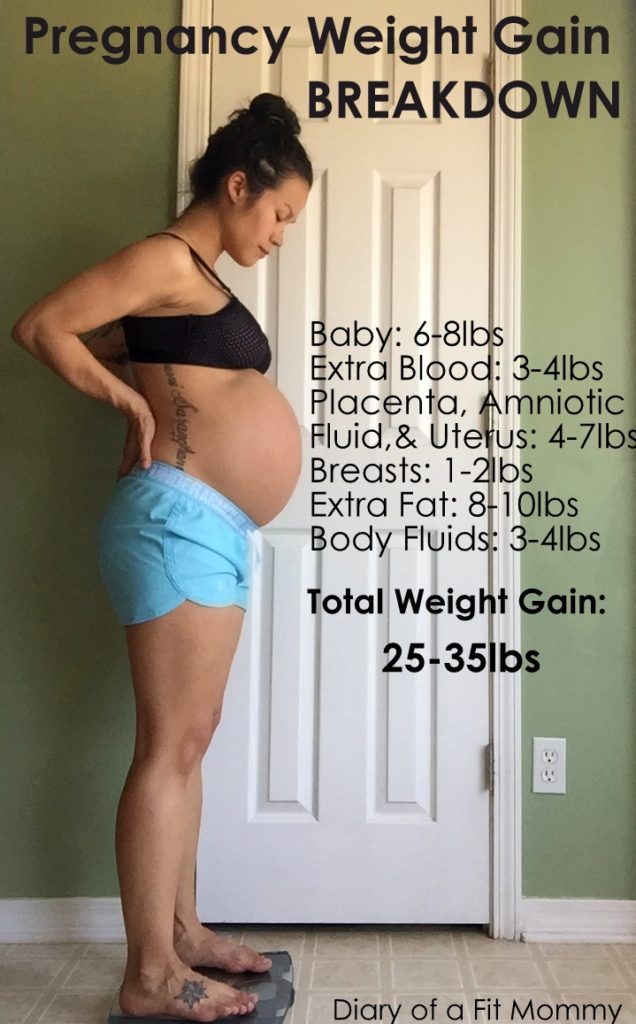 Therefore, so that your baby does not feel lonely, it is advisable to carry him in your arms, press him to you while stroking his body.
Therefore, so that your baby does not feel lonely, it is advisable to carry him in your arms, press him to you while stroking his body. Pregnancy tarot spread: charts and interpretation
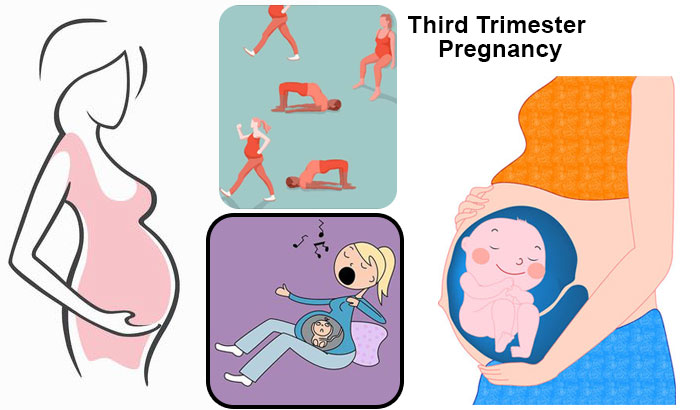
Key features of the Tarot spread for pregnancy
When is the best time to do the reading? The very condition of a woman expecting a child is very specific. The energy seems to be thinning, and therefore all magical influences fall quickly on both the mother and the baby. Also, viewing this topic is possible at an early date. If the girl is in the second or last trimester, it is better to refrain from fortune telling. But if we talk about the time of day, then the night or evening, early morning is suitable.
 Darkness allows you to sharpen your intuition in order to begin to hear the voice of the heart.
Darkness allows you to sharpen your intuition in order to begin to hear the voice of the heart.
Choosing the most suitable deck of cards
To simplify your task and get the correct prediction, you should pay attention to those decks in which people are depicted on the minor arcana. That is, for the alignment for pregnancy, the Tarot of Thelema, Visconti-Sforza is immediately swept aside. It is better to give preference to the classics, such as Ryder-Waite. It is also possible to use only court arcana from any deck. However, it is better to choose more mundane cards. Osho Zen, the Intuitive can be confusing. But all this applies only to beginners in Tarot. Experienced practitioners are able to get a true prediction using any deck.
Preparation and rules for conducting the alignment
Before the alignment for pregnancy on Tarot cards, it is worth soberly assessing the internal state. If the querent is sick, very worried, depressed, then it is better to postpone the divination session until quieter times. Here it is important to constantly monitor yourself, try to feel a certain emptiness and silence. To do this, you can throw out all the negativity in advance with the help of vocals, sports, dancing.
Here it is important to constantly monitor yourself, try to feel a certain emptiness and silence. To do this, you can throw out all the negativity in advance with the help of vocals, sports, dancing.
Setting goals and formulating questions
The first step is to identify the right question based on your situation. The Tarot spread for pregnancy can cover various periods of childbearing, as well as illuminate the future of the baby. It's all about health. Otherwise, the cards will show the moral side of the issue. This includes the compatibility of future parents, their readiness for replenishment in the family. Another situation is when a woman is still alone and only tries on the role of a mother. Everywhere you need an individual approach. The universal method will be concentration on yourself and the new person. If we talk about spirituality, then the mother can be compared to the guide of the soul who wants to visit this world. You need to understand that the child is a separate individuality. And he also has a lot to teach his parents.
And he also has a lot to teach his parents.
Tarot layouts for feelings
Any Tarot layout for pregnancy can be applied "pointwise". The main thing is to correctly interpret the received prediction. However, the questioner has the right to do several layouts in a row in order to view the situation from all sides. Or it may turn out that there is no pregnancy at all and further reading of the cards becomes meaningless. Therefore, a fortuneteller should focus only on his own intuition and choose a scheme based on an internal request, external circumstances.
For one card
This tarot spread for pregnancy can serve as a substitute for a pharmacy test. He will show whether the girl is in position or not. Also, with the help of one card, you can see the gender of the future child or the compatibility of partners. Beginners are advised to use only the major arcana, so as not to make a mistake. This group of cards already contains all the archetypes.
Arcana indicating pregnancy:
- Six of Cups
- Sun
- World
- Empress
- Queen of Pentacles
- Ten of Cups
"Self-planning"
The same Tarot spread for pregnancy will help you prepare in advance for the appearance of a miracle.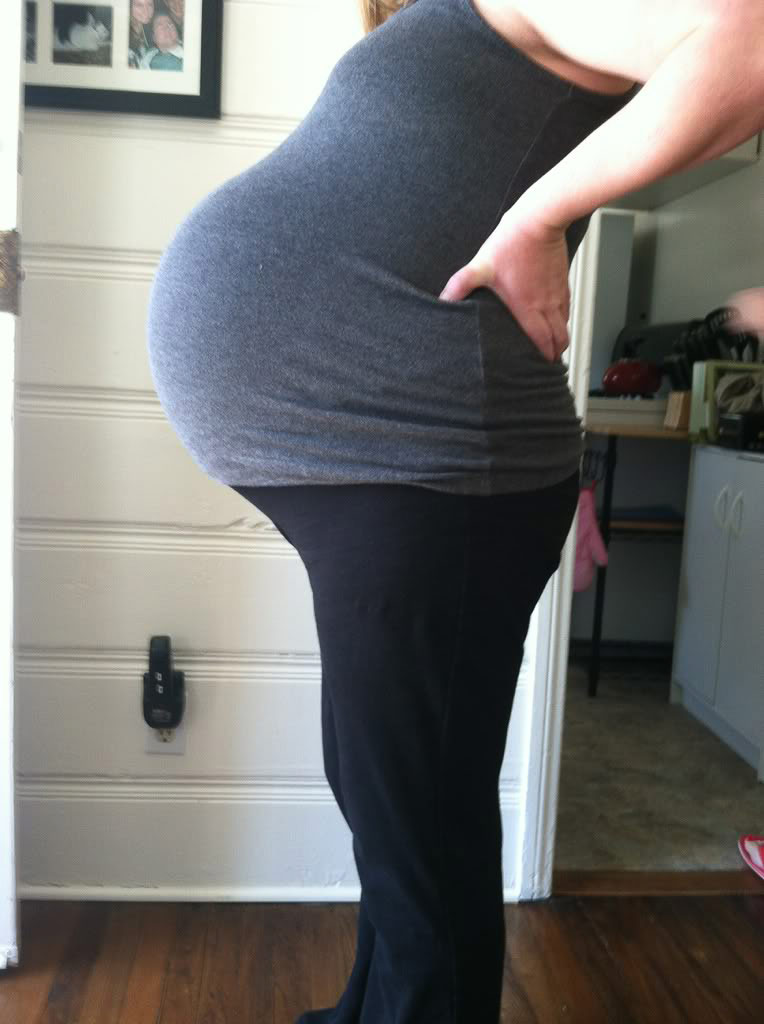 The scheme is especially suitable for those women who have health problems, fear of bearing a child. The alignment also illuminates the moral state of the girl. After all, in addition to desire, there must be a favorable environment. The layout can also be done for those ladies who are preparing for the “eco” procedure, do not have a partner. In this scheme, the cards show only the questioner herself.
The scheme is especially suitable for those women who have health problems, fear of bearing a child. The alignment also illuminates the moral state of the girl. After all, in addition to desire, there must be a favorable environment. The layout can also be done for those ladies who are preparing for the “eco” procedure, do not have a partner. In this scheme, the cards show only the questioner herself.
S - significator. They will be any card drawn at random from the deck. Arkan will show the likelihood of becoming a mother, in the near future to conceive a child.
- Willingness to give new life. Moral state or physical.
- In what period can conception occur. Favorable time.
- Problems, weaknesses.
- The course of pregnancy.
- How will the birth go.
- Baby health.
In this Tarot spread for pregnancy, you should look at card number 2. This position can show a specific day, time period. You need to pay attention to the number of the card.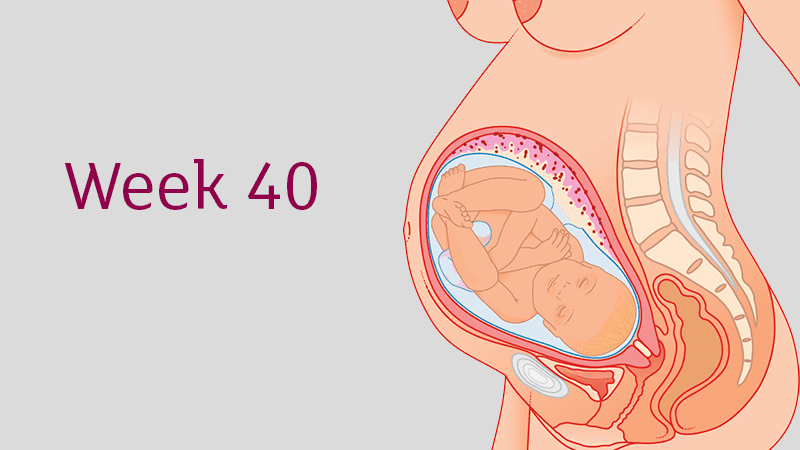 The suits will show the seasons or the time of day. It all depends on the initial request. You need to focus and set some boundaries. However, initially the significator must show that pregnancy is possible. If there is a negative lasso here, then the scheme can not be considered further.
The suits will show the seasons or the time of day. It all depends on the initial request. You need to focus and set some boundaries. However, initially the significator must show that pregnancy is possible. If there is a negative lasso here, then the scheme can not be considered further.
An example of reading cards in position 2:
- Ten of Swords - winter, frost time; 10th of the next month.
- Queen of Cups - spring; 13th, one season.
- Five of Pentacles - autumn; 5th, six months.
- Eight of Wands - summer; 8th, next week or two.
"Mutual planning" for both partners
This Tarot spread for pregnancy will be useful for couples who take a responsible approach to the issue of planning children. One row of cards will show the side of the mother, the other - the father. The querent must carefully analyze all the arcana and understand how compatible he is with his half. Also, the diagram will show pitfalls, magical effects, if any. The alignment is especially suitable for those people who cannot have children for a long time.
The alignment is especially suitable for those people who cannot have children for a long time.
- S1 - female.
- S2 - male.
- Physical condition.
- Health specifically of the genital organs. The ability to conceive a child.
- Psychological blocks, if any.
- Magic, negative.
- Karma, destiny.
- Compatibility of future parents, how harmonious their couple is.
- Whether pregnancy will occur within a year or the planned period.
- How the child will affect the relationship of partners. Future.
First of all, in this Tarot layout for pregnancy, it is worth evaluating physical health. If there are no problems, then you need to move on and look at psychology. The absence of blocks, diseases can lead to the idea of magical intervention. However, if everything is fine here, then the problem is in karma. It happens that people are not destined to become parents. It's not bad or good, it's just a given.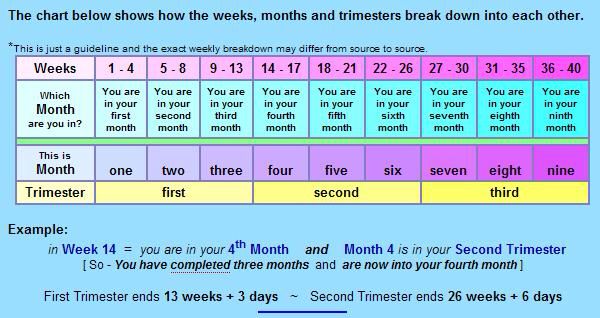 But such a factor as fate must converge with two partners. In the case when one person cannot comprehend the joy of motherhood or fatherhood, the second is not obliged to humble himself. Therefore, the emphasis in this Tarot scheme should be done precisely on the comparison of the two sides.
But such a factor as fate must converge with two partners. In the case when one person cannot comprehend the joy of motherhood or fatherhood, the second is not obliged to humble himself. Therefore, the emphasis in this Tarot scheme should be done precisely on the comparison of the two sides.
Cards indicating the impossibility of having children:
- Four of Swords
- Jester
- Tower
- Two of Pentacles
- The Hanged Man
- Nine of Swords
Interpretation of results and clarification of details
In any tarot layout for pregnancy, those cards that depict children are important. Moreover, in different decks, these arcana will be different. It is worth focusing on the selected Tarot cards. They are able to reflect both the sex of the child and the appearance. In some cases, the lasso is able to show even twins. For example, in the Elder Scroll Tarot, two children of different sexes are depicted on the Sun card.

